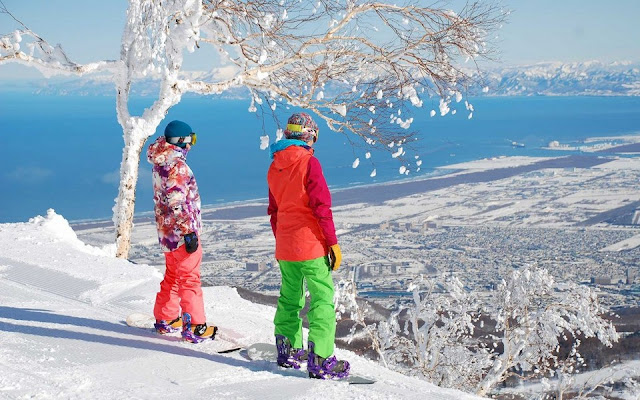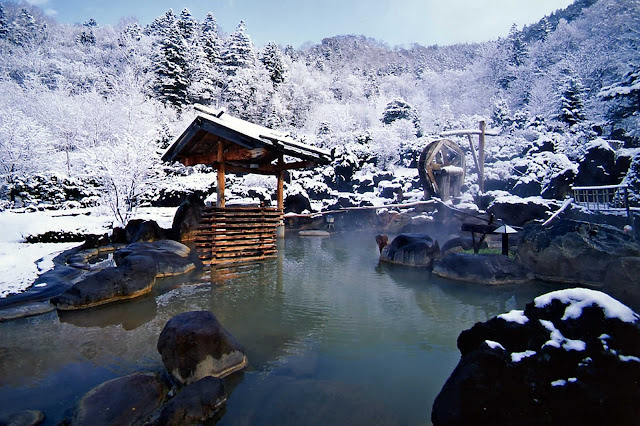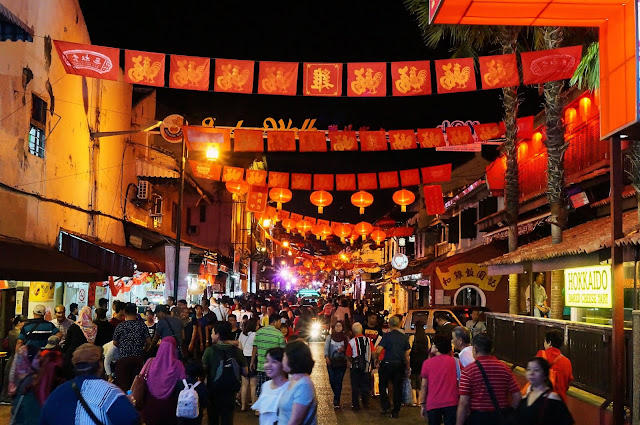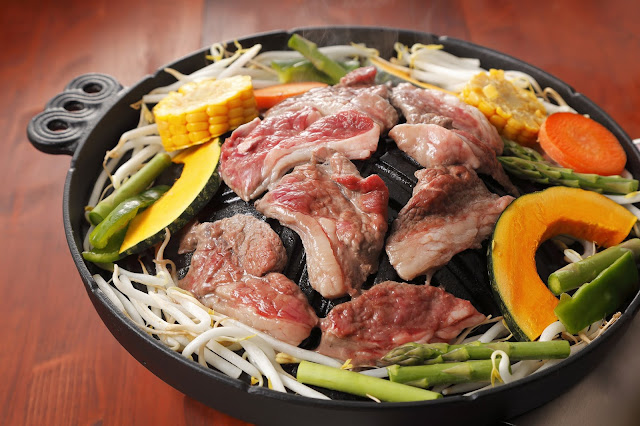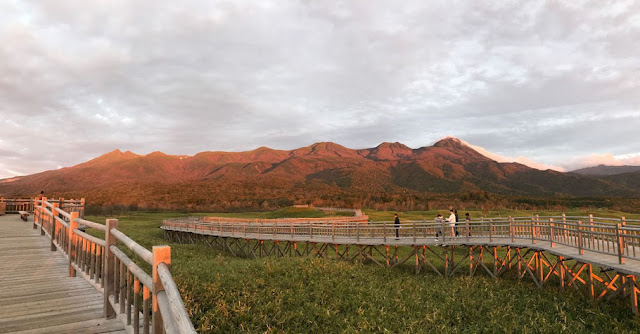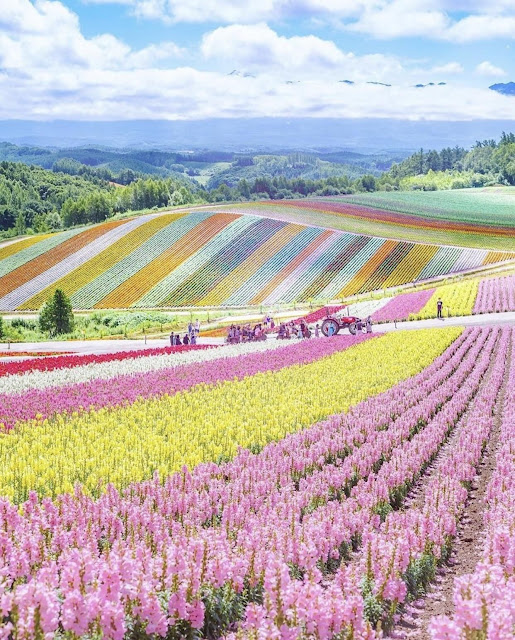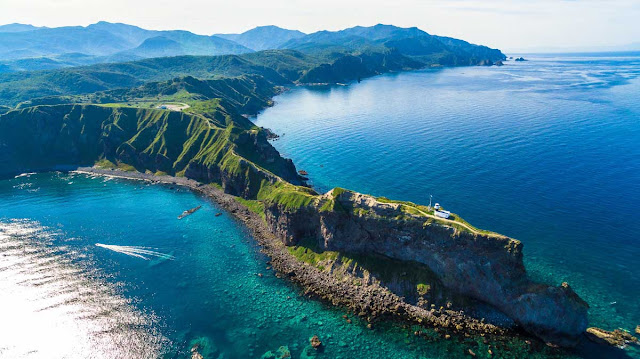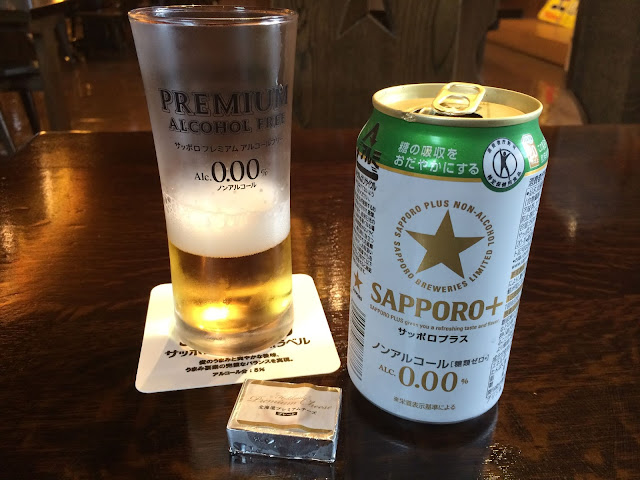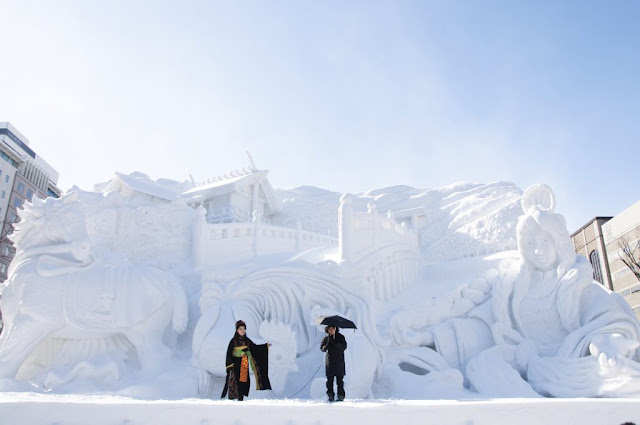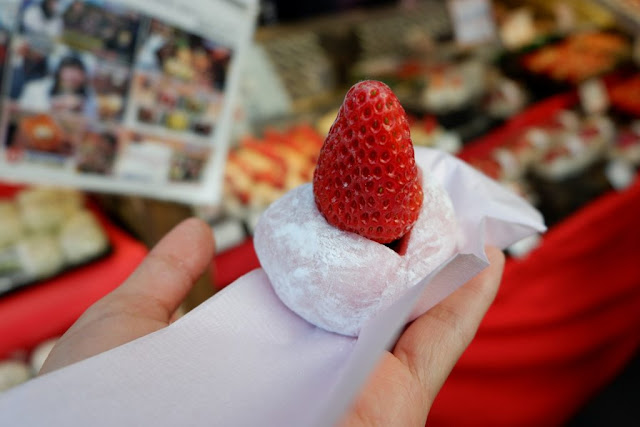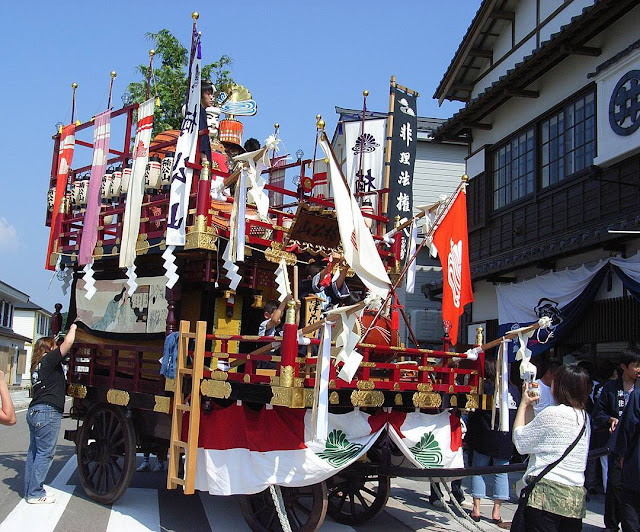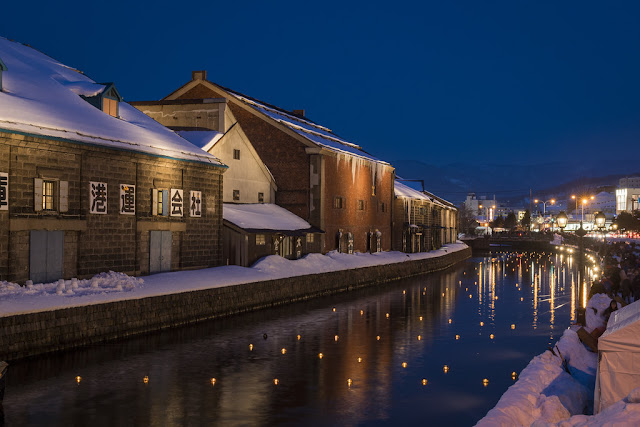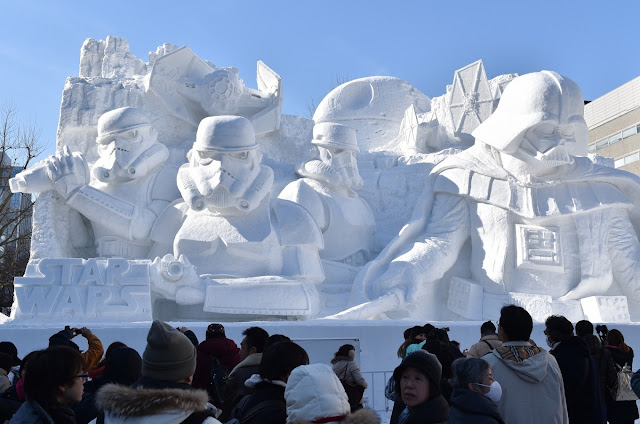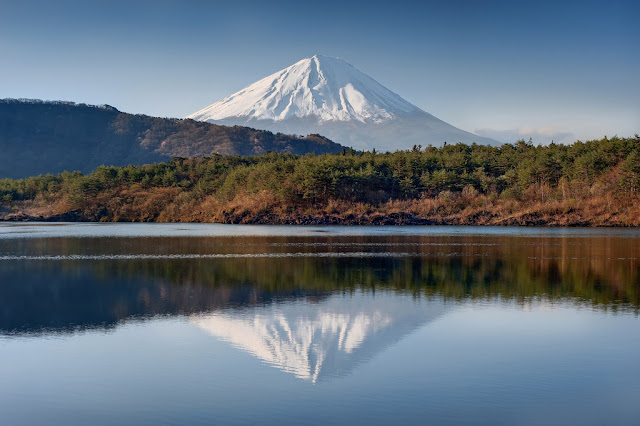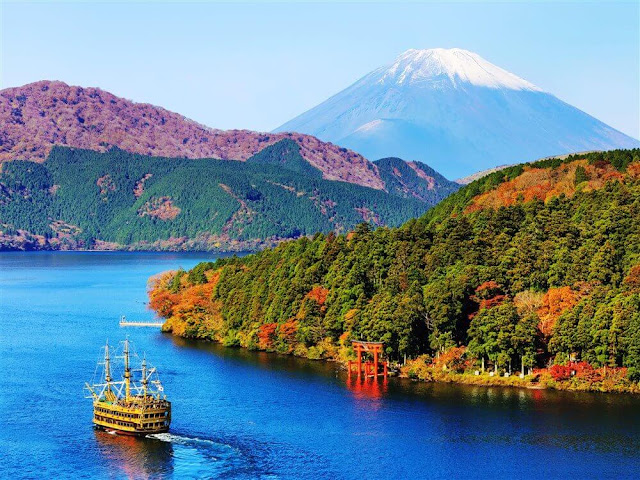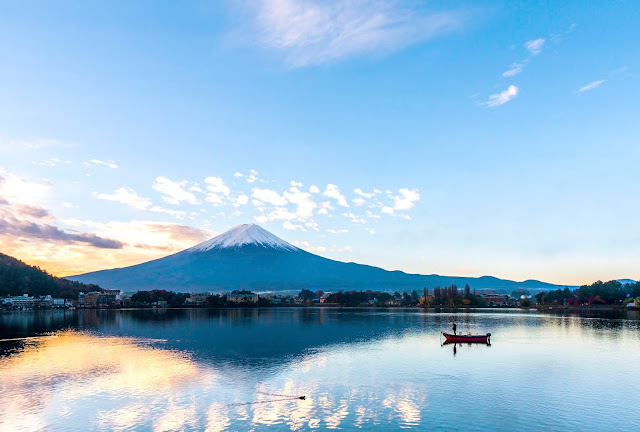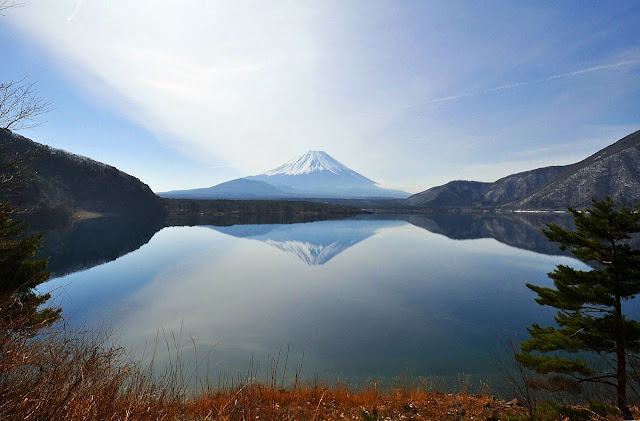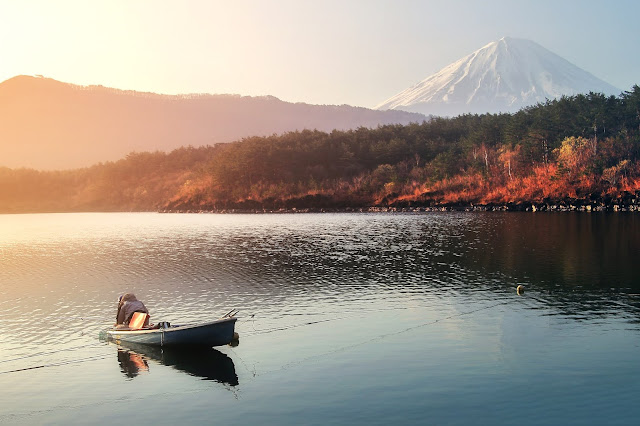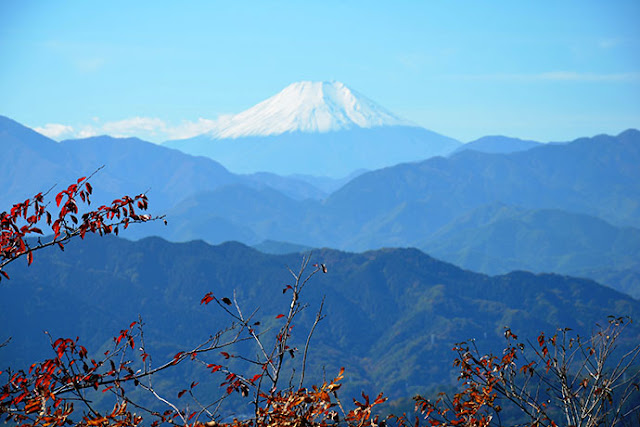Zamami
Zamami Island is located approx 40 km away from the main island and belongs to the Kerama Islands Group. Zamami island is the second largest island of the group after Tokashiki Island, both known for their top-rated beaches. The island is a popular side trip destination from Naha city, as it can be accessed by speed boat within 1 hour.Kume Jima
If you want pristine, untouched, white sand beaches, sail straight for Kume Jima! Explore gorgeous beaches and the Okinawan culture on Kume Jima. The entire island could probably be covered in a day, as the distance from one end of the island to the other is less than 10 km (6.2 miles)!Hatenohama beach is the main beach on the island, and a popular snorkelling and diving hotspot. Unlike the typical beaches, Hatenohama beach is a 7 km (4.3 miles) long sandbar in the middle of the sea! Do note that the beach is only accessible via a tour, which you can easily find all around Kume Jima.
Taketomi
Taketomi Island is one of Yaeyama islands group and located 4km away from Ishigaki Island. As well as their beautiful beaches, the island is best known for its charming site of preserved, traditional Ryukyu village. As the island pretty small, visitors can get around on foot along the traditional village and beautiful nature.Ishigaki
Ishigaki is the main island of Okinawa’s Yaeyama island group, and the gateway to many of the smaller, less accessible isles. Ishigaki city is lively enough that you will not feel cut off from civilization, yet the beaches that line the island’s coast are among the best in the country. One of the most beautiful spots is Kabira Bay, an oasis of ocean where black pearls are cultivated. A glass-bottomed boat ride is the best way to enjoy it.For those who prefer a more active vacation, the mountainous area in the center of the island offers some great hiking trails. One of the best is a steep forest route up Mount Omoto, which at 1,722 feet is the highest mountain in Okinawa.
Hatoma Jima
With only 50 inhabitants on the island, Hatoma Jima is a small, peaceful sanctuary where everything is within walking distance! Though less than a kilometer (0.6 mile) wide, Hatoma Jima has much to offer!You can go snorkelling and admire the wildlife at the huge coral reefs, lounge under the shady palm trees, check out the gargantuan Banyan trees in the north and discover a rustic lighthouse! Do note that the island is very dark at night, so do bring along a flashlight if you are catching the sunset by the beach!
Read more: Top 5 popular Christmas dishes in Japan
Source Internet


















